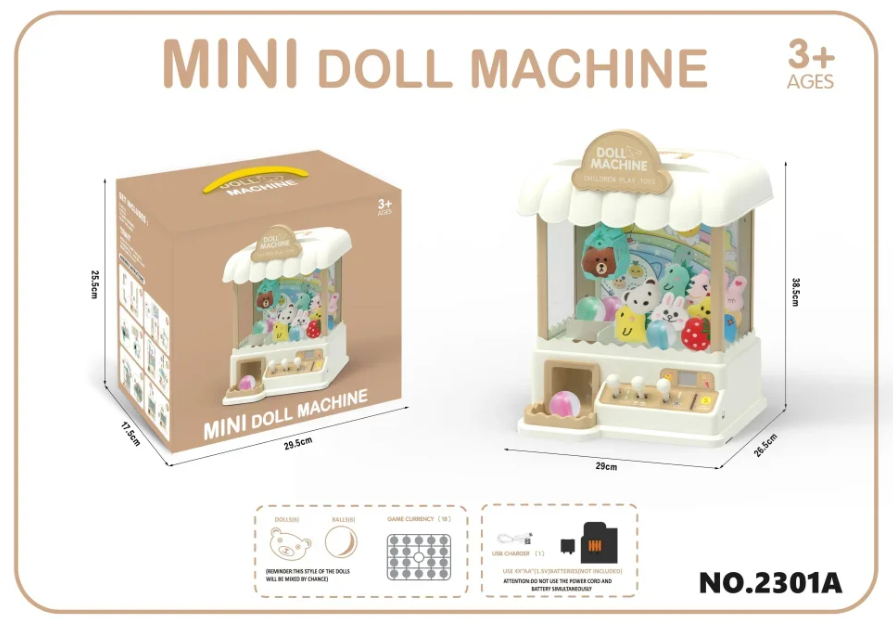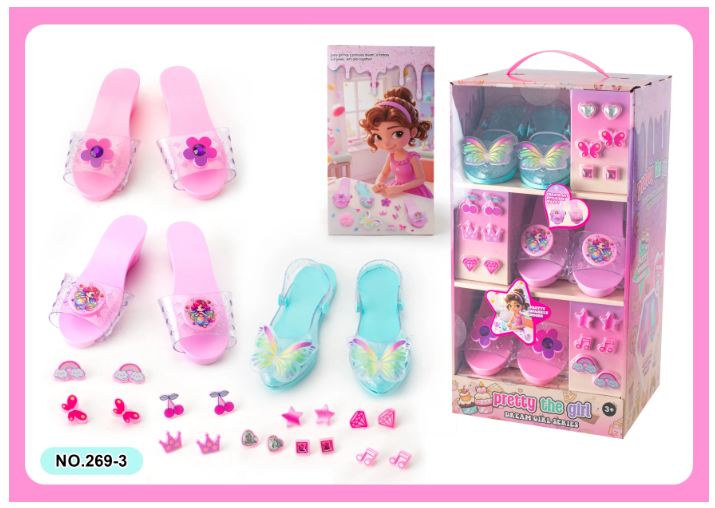Mastering Pantry Organization: The Ultimate Guide to Storing Your Pantry Items Efficiently
When it comes to maintaining a well-organized kitchen, the pantry often plays a pivotal role. A well-stored pantry not only enhances the aesthetic appeal of your kitchen but also streamlines meal preparation and reduces food waste. In this article, we will explore the best ways to store pantry items, focusing on optimal organization techniques, storage solutions, and best practices to ensure longevity and freshness.
Understanding the Importance of Proper Pantry Storage
Before diving into the specifics of storage methods, it’s essential to understand why proper pantry organization matters. A disorganized pantry can lead to:
- Food Waste: Items can get lost in the back, leading to expiration and waste.
- Inefficiency: Searching for ingredients can consume valuable time during meal prep.
- Increased Costs: Buying duplicates of items you already own due to poor visibility can inflate grocery bills.
Categorizing Your Pantry Items
The first step in effective pantry storage is categorization. Grouping similar items together not only makes it easier to find what you need but also helps in managing inventory. Here are some common categories:
- Grains and Pasta: Rice, quinoa, oats, and various types of pasta.
- Canned Goods: Vegetables, fruits, beans, and soups.
- Baking Supplies: Flour, sugar, baking soda, and spices.
- Snacks: Chips, nuts, and dried fruits.
- Condiments: Oils, vinegars, sauces, and dressings.
Choosing the Right Storage Solutions
Once you’ve categorized your items, the next step is to select appropriate storage solutions. Here are some effective options:
- Clear Containers
Investing in clear, airtight containers is one of the best ways to store pantry items. These containers not only keep food fresh but also allow you to see what you have at a glance. Consider using:
- Glass Jars: Ideal for grains, pasta, and snacks. They are durable and non-toxic.
- Plastic Bins: Great for bulk items and can be labeled for easy identification.
- Shelving Units
Utilizing vertical space is crucial in pantry organization. Adjustable shelving units can maximize storage capacity. Consider:
- Tiered Shelves: These allow for better visibility of smaller items.
- Pull-Out Drawers: Perfect for deep pantries, making it easier to access items at the back.
- Labels
Labeling is an essential practice in pantry organization. Use clear, legible labels to identify contents and expiration dates. This practice not only aids in quick identification but also encourages the use of older items first, reducing waste.
Best Practices for Storing Specific Pantry Items
Different pantry items have unique storage needs. Here are some best practices for specific categories:
- Grains and Pasta
Store grains and pasta in airtight containers to prevent moisture and pests. Keep them in a cool, dark place to maintain freshness. Consider using vacuum-sealed bags for long-term storage.
- Canned Goods
Canned goods should be stored in a cool, dry place. Organize them by type and expiration date, placing older cans at the front to ensure they are used first.
- Baking Supplies
Baking supplies should be kept in airtight containers to prevent clumping and moisture absorption. Store flour and sugar in a cool, dry area, and consider refrigerating items like brown sugar to maintain freshness.
- Spices
Spices should be stored in a dark, cool place to preserve their potency. Use small, labeled containers and consider a spice rack for easy access.
Regular Maintenance and Inventory Checks
To maintain an organized pantry, regular maintenance is key. Schedule periodic inventory checks to assess what you have, what needs to be used soon, and what should be discarded. This practice not only keeps your pantry organized but also helps in meal planning and grocery shopping.
Conclusion
Storing pantry items efficiently is an art that combines organization, proper storage solutions, and regular maintenance. By categorizing your items, choosing the right storage solutions, and following best practices for specific categories, you can create a pantry that is not only functional but also a joy to use. Remember, a well-organized pantry is the cornerstone of a well-run kitchen, leading to less waste, more efficient cooking, and ultimately, a more enjoyable culinary experience.


